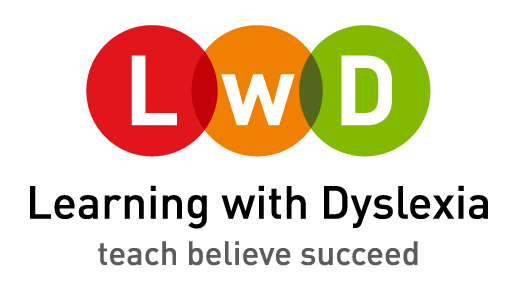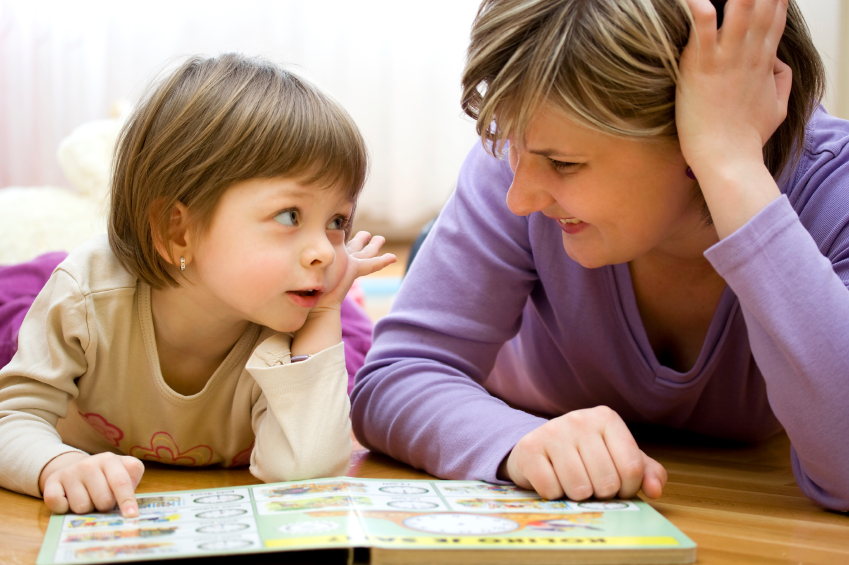Signs of Dyslexia across the Ages
Dyslexia can affect different people in different ways and its effects can range from mild to severe.
The list below provides an overview of the types of difficulties a dyslexic person may have at Pre-School or Nursery and may be used as a guide to spotting indicators of dyslexia.
The chances are there’s at least one dyslexic child in each nursery class.
Watch out for the child who does not outgrow the following possible indicators:-
-has difficulty learning nursery rhymes;
-finds difficulty paying attention, sitting still, listening to stories;
-likes listening to stories but shows no interest in letters or words;
-has difficulty learning to sing or recite the alphabet;
-has a history of slow speech development;
-gets words muddled e.g. cubumber, instead of cucumber, or flutterby, instead of butterfly;
-has difficulty keeping simple rhythm;
-finds it hard to carry out two or more instructions at one time, (e.g. put the toys in the box then put it on the shelf) but is fine if tasks are presented in smaller units;
-forgets names of friends, teacher, colours etc.;
-poor auditory discrimination;
-finds difficulty cutting, sticking and crayoning in comparison with their peer group;
-has persistent difficulty in dressing, e.g. finds shoelaces and buttons difficult;
-puts clothes on the wrong way round;
-has difficulty with catching, kicking or throwing a ball;
-often trips, bumps into things, and falls over;
-has difficulty hopping or skipping;
-has obvious ‘good’ and ‘bad’ days for no apparent reason.

